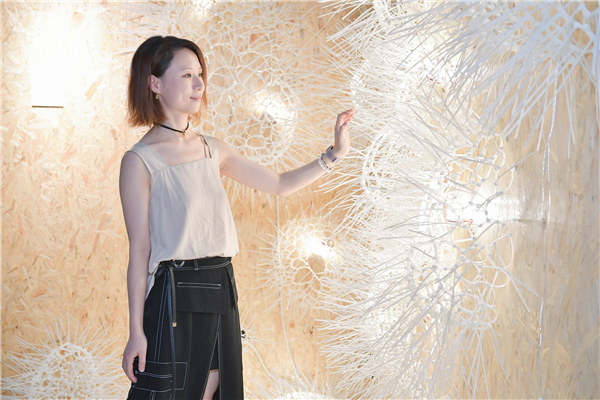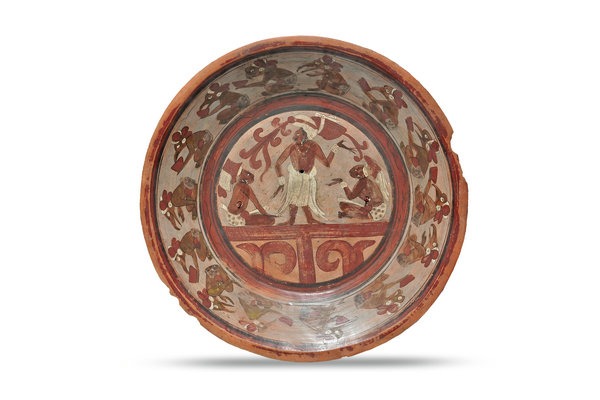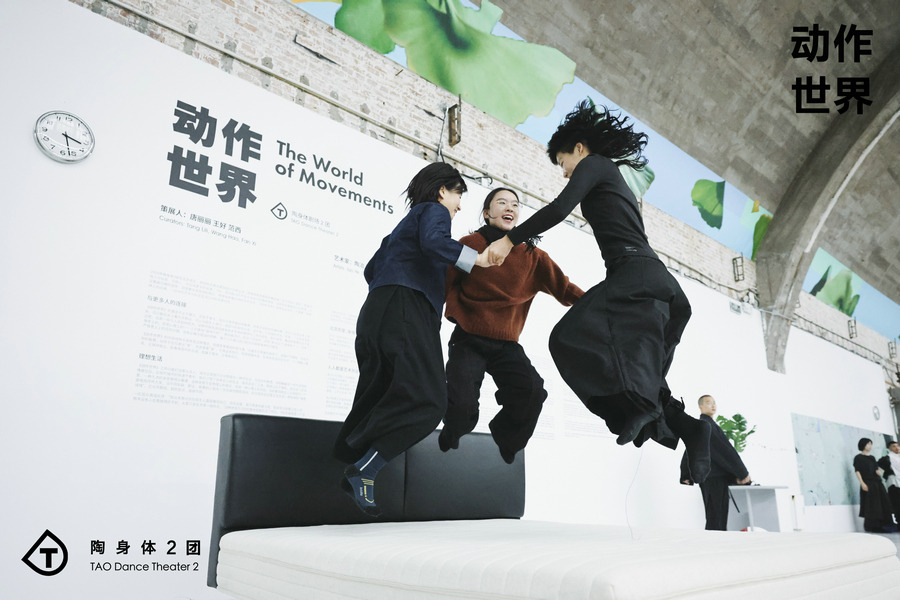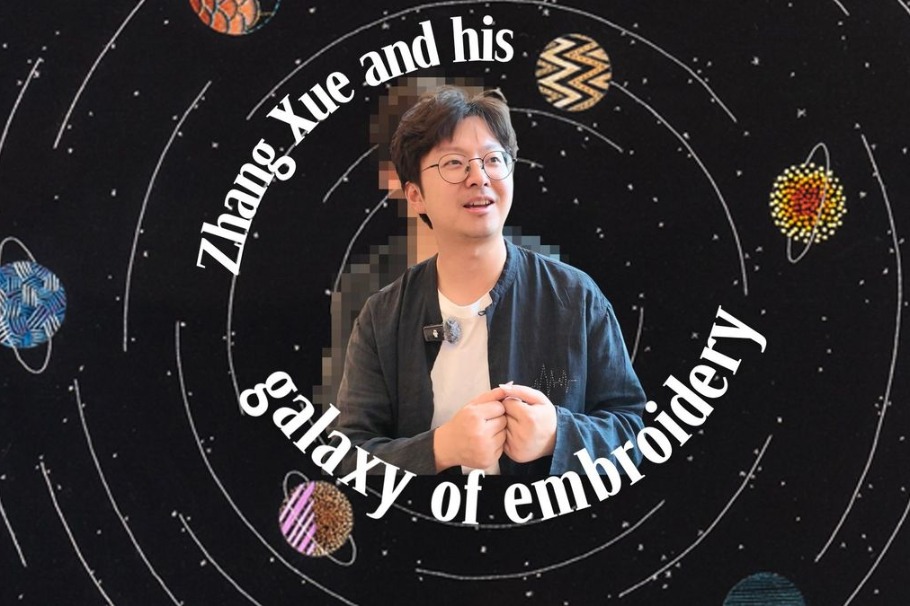Wealth of information from waste


A recent exhibition of artworks based on garbage attempted to educate people on how wasteful consumption is destroying the planet.
Garbage has negative associations such as dirt, stink, germs, corruption and something useless. However, a recent art exhibition based on garbage only, proved that "useless thing" is actually of practical significance.
The show Dear Pretty Rubbish, recently organized by the World Wide Fund for Nature and digital media art company Blackbow in Beijing, focused on wasteful consumption and re-examined the relationship between people's lifestyle and garbage, as well as the environmental problems caused by it, according to organizers.
"We hope that everyone (who visited the show) can think about how the 'useless things' are generated, why they are exiled, and whether 'useless things' are really useless," says Cao Yujia, the design director of Blackbow, and also one of the curators.
The organizers say all the raw materials for the exhibition came from the rubbish, plastic waste and garbage the artists collected in communities.
One of the exhibits, No Plastic in Nature, is an installation showing a tuna swimming in the ocean with a plastic bottle in its stomach. It was made using 15,000 discarded plastic bottle caps collected from around the country, as part of a project carried out by WWF and LxU, a Beijing-based content marketing and design company, in June.
Speaking about the project, Liu Hui, a senior brand manager with LxU, says: "At first, we were worried whether we could collect enough caps to produce the installation. But it turns out that our concern was misplaced."
In 10 days, packages filled with plastic bottle caps were flown into the WWF office, sent by volunteers from schools, companies, communities and by individuals. Sometimes the sender would add a letter or photo to tell how the caps were collected.
Among the contributors were teenagers in school uniforms picking up rubbish on the beach, a student saying he picked up bottle caps at physical education classes where such garbage was often discarded carelessly, and another student saying: "My dream is to protect the planet from destruction."





































